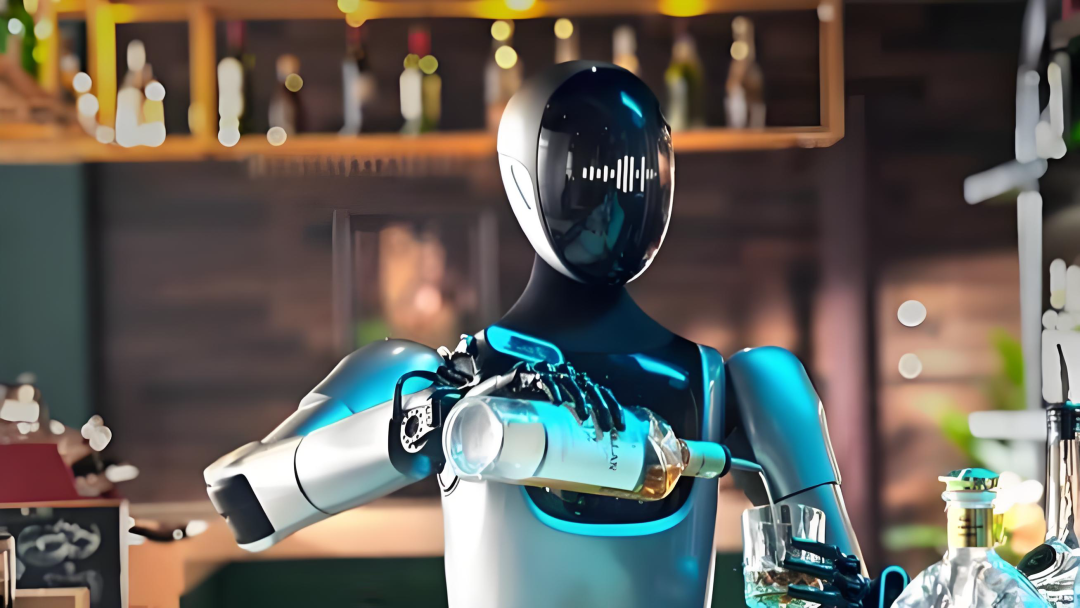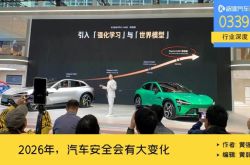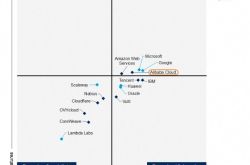Is It Essential for Embodied AI to Mimic Humans?
![]() 11/26 2025
11/26 2025
![]() 436
436
Whenever the topic of embodied AI arises, the immediate mental image might be that of a humanoid robot, indistinguishable in appearance from humans and capable of walking, running, and even performing simple, repetitive human tasks. But is it a prerequisite for embodied AI to emulate human form?

What Exactly Is Embodied AI?
Embodied AI transcends the mere cognitive prowess of large models; it emphasizes the integration of physical perception, trial-and-error learning, and environmental interaction. Consider a simple act: twisting off a bottle cap, using chopsticks to pick up food, or navigating through a crowded space. These actions are not solely mental calculations; they rely on the 'physical attributes' of your fingers, the tactile feedback from your skin, and the range of motion in your joints. Embodied AI strives to replicate these capabilities. This fusion of body and cognition is termed 'embodied cognition' and is known as 'embodied AI' in the robotics domain.

Image Source: Internet
Embodied AI operates on a higher plane than the traditional approach of merely 'transferring the brain onto a machine.' Traditional mechanical functions rely on transmitting sensor data to a central algorithm, which then dictates actions. In contrast, embodied AI underscores that perception and action form a cohesive, closed-loop system. For instance, when a robot descends stairs, its camera, foot sensors, controller, and leg mechanics collectively determine its ability to navigate safely. Physical attributes like leg length, elasticity, and foot shape significantly influence control strategies and learning efficiency. Integrating these factors reduces computational demands, enhancing system robustness and efficiency.

Why Does the Body Influence Intelligence?
Upon delving into the essence of embodied AI, one might wonder: if the body is merely an execution tool, how can it influence intelligence? For embodied AI, the body itself can perform a portion of the 'computation,' a concept known as 'morphological computation' in the field. For example, legs with springs can partially store and release energy during running, reducing the need for real-time adjustments by the controller. Soft robots can leverage passive deformation to adapt to complex terrains, relying on material properties for perception and regulation. These instances illustrate the body's ability to 'calculate' using physical laws, thereby alleviating the burden on high-level control and learning.
The behavioral logic of humans and animals does not entail perceiving the world clearly before deciding on actions; instead, they perceive through continuous exploration. A grasping action adjusts finger position and force upon touch perception. If robots can tightly couple perception and action, they can accomplish complex tasks with less perceptual data and simpler models. In embodied AI design, sensors, mechanical structures, and control algorithms must be co-designed, rather than first determining the 'brain' and then fitting the body around it. This approach is known as the co-design of body and control.

Image Source: Internet
Different tasks and environments naturally favor distinct bodily forms. For patrol tasks on flat terrain, wheeled platforms are both energy-efficient and reliable. In complex wilderness settings, quadrupedal or multi-legged robots excel due to their obstacle-navigation capabilities. Inside narrow and intricate pipelines, soft snake-like robots maneuver with ease, all of which influence the appearance of embodied AI. In environments like kitchens and offices, where tools and furniture are designed for humans, robots with similar hand movements and range of motion can more easily utilize existing tools.

Is It Essential for Embodied AI to Mimic Humans?
At this juncture, the answer to whether embodied AI must resemble humans is clear: not necessarily. The decision to adopt a humanoid form hinges on factors such as tasks, environments, interaction partners, and cost-effectiveness. In numerous practical applications, non-humanoid designs are simpler, more reliable, more economical, and better suited to meet demands. A robot vacuum cleaner, for instance, only needs to move, avoid obstacles, and clean floors; it does not require legs or a face. Robotic arms for warehouse box handling, automated stackers in ports, and plant protection drones in agriculture are all embodied AI applications with diverse forms, none necessitating human mimicry.
Given this, one might wonder why many product launches currently favor 'human-like' robots. Several reasons underlie this trend. Firstly, social interaction convenience plays a role. When robots are tasked with companionship, reception, or medical assistance, humans are accustomed to evaluating others through human communication methods. Reproducing social signals like facial expressions, language, and gestures in robots can enhance non-professional user acceptance and trust.

Image Source: Internet
The existing human environment also exhibits a natural preference for 'humanoid' forms. Door handles, steps, and seats are designed based on human body dimensions and operational habits. If robots are expected to operate directly in these environments, mimicking human hands and arms can enhance adaptability. Additionally, cultural and aesthetic factors come into play; research teams or companies may use 'robots resembling humans' as a product selling point to garner more attention.
Despite the advocacy for humanoid embodied AI by many companies, such designs come with inherent challenges. Humanoid robots demand higher mechanical control, stability, energy consumption, and reliability standards. Balancing control for bipedal walking is inherently difficult, and manufacturing flexible, durable humanoid joints requires complex sensors and high-performance actuators, driving up costs. This explains the widespread discussion surrounding the 'IRON' humanoid robot from XPENG Motors after its debut.
Moreover, if a humanoid robot's movements lack coordination, it can trigger the 'uncanny valley' effect, causing discomfort. Humanoid designs also entail complex mechanical structures. The more intricate the mechanism and the greater the number of degrees of freedom, the more potential failure points exist, significantly increasing maintenance costs.
In contrast, human designs often draw inspiration from animals in nature, whose forms are diverse. The soft body of an octopus solves grasping problems in complex environments, the aerial maneuverability of birds offers different flight solutions, and the streamlined shape of fish is ideal for underwater propulsion. This demonstrates that mimicking specific biological traits can confer advantages, but there is no necessity to specifically mimic humans. The design of embodied AI should adhere to this principle, prioritizing functionality over aesthetic goals of 'resembling humans.'

Final Thoughts
Returning to the initial question: is it essential for embodied AI to resemble humans? The definitive answer is no. The form of embodied AI should be dictated by tasks and usage scenarios, rather than being influenced by a preference for 'resembling humans.' In many cases, non-humanoid designs are more energy-efficient, reliable, and easier to implement. Of course, when interaction and social acceptance become pivotal, selectively incorporating anthropomorphic features (such as easily understandable facial displays or voice interactions) can be valuable, but this does not equate to creating a fully functional anthropomorphic machine.
-- END --








